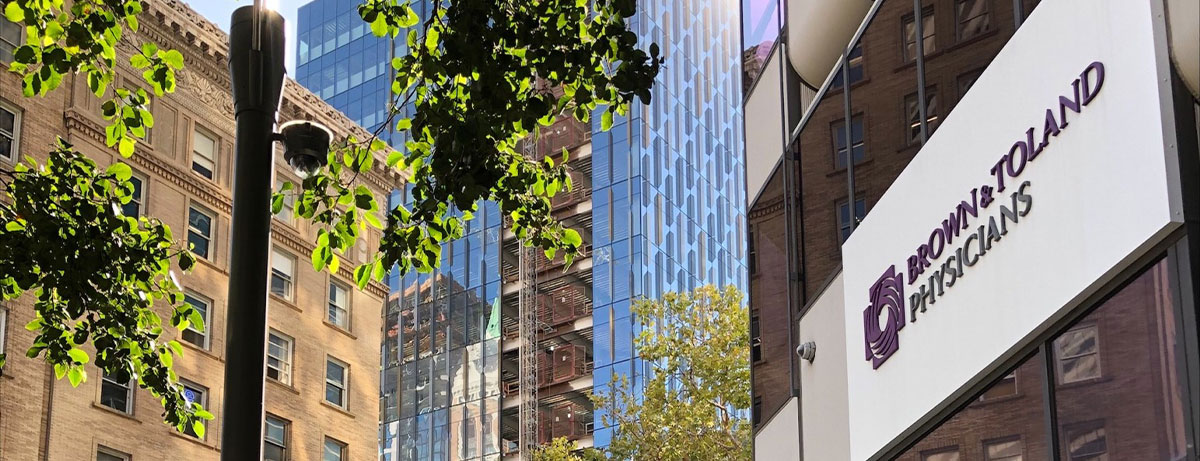Three Stress Relievers That Work

Feeling frazzled? Maybe you need to relax.
And no, we don’t mean plopping down on the couch to binge-watch your favorite television show. Instead, think deep breathing, meditation or yoga. Research suggests that certain relaxation techniques may help your body relax and even help you manage stress. And what better time to explore them than on National Relaxation Day (Aug. 15)?
According to The American Heart Association, stress can affect your mental and physical health in so many ways. Long-term activation of your body’s stress response system may put you at risk for health problems. Luckily, small changes to reduce stress and relax are easy to try. It might take some time and practice to learn how to do them, but it can be worth the effort. Here are some suggestions:
1. Deep breathing
A lot of relaxation techniques can calm you down by helping you focus on your breathing. Breathing exercises are simple and easy to do anywhere—even with a few spare minutes while working. Try it now:
- Sit or lie down
- Put one hand on your stomach and your other hand over your heart
- Inhale slowly until you feel your stomach rise
- Hold your breath for a moment
- Exhale slowly, feeling your stomach fall
- Repeat a few times
2. Meditation
If you’ve never tried it, meditation might seem intimidating or complicated. But it doesn’t have to be. Meditation usually involves a combination of relaxed breathing and focused attention to calm your thoughts and help you feel more at ease. There are lots of ways to do it—read about one popular approach called mindfulness. This is one way to do it:
- Sit down in a comfortable position
- Notice and relax your body, paying attention to your body’s weight and how it feels
- Focus on your breath. Don’t change how you’re breathing, just notice your natural breath, the sensation of breathing in and out
- When your mind strays, notice the thoughts and let them pass through. Go back to noticing your breath
- Keep at it for about 5 minutes
3. Yoga and Tai Chi
These approaches combine elements of other relaxation techniques—like breathing and meditation—with physical movement. Tai Chi is typically low-impact and gentle. Yoga can range from easy to intense. To learn more, you can take a class or get a feel for it by watching videos online.
As with any skill, your ability to relax improves with practice. Be patient with yourself. Try setting aside at least 10 to 20 minutes a day for your relaxation practice — the longer and the more often you practice these techniques, the sooner you’ll be on your way to better emotional and physical health.
